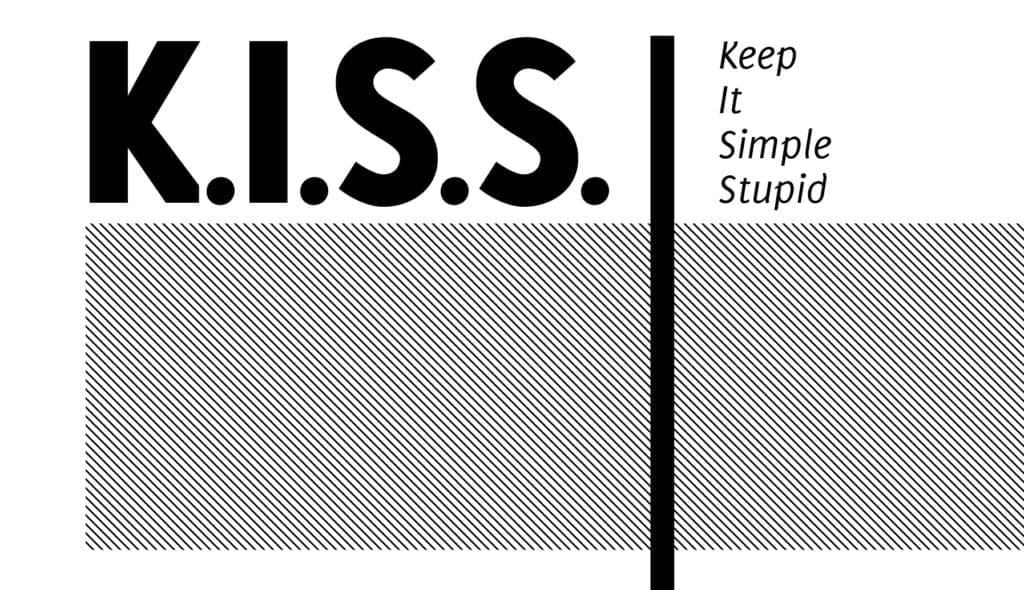Writing is writing, right? And compelling copy always converts, no matter the audience, right?
No, not really.
There’s a massive difference between writing for B2C and B2B audiences – because the audiences themselves are quite different.
Here are just a few ways how:
- B2B audiences are less varied – in terms of preferences, demographics, desires, and pain points. B2C audiences can come from anywhere, but B2B ones are usually purchasing decision-makers in an organization.
- ‘Fun’ isn’t as important in B2B – B2C audiences respond to humor, fun and creativity. With B2B, the message is more important than the humor.
- B2B audiences have fewer channels to find your message – B2C audiences are happy to take a look at content on social media, radio, TV and a multitude of channels. There’s evidence, however, that B2B audiences still tend to be hard to reach, relatively time-poor, and clustered around membership networks and online communities.
- B2B audiences purchase less frequently – You need to be aware that there is a process of consideration, comparison and due diligence to get through. There are few impulse purchases in the B2B world, so a play to emotion isn’t going to work.
With this in mind, let’s jump into some easy ways that messages can be tailored to gain valuable B2B eyeballs, and spark better conversions.
What’s the Pain Point?
This is the right place to start your investigation. Find out why B2B audiences want to buy your product.
What problem are they suffering that your brand can alleviate?
Once you’ve figured out what problem your audience wants help with, knit answers into your copy.
If you’re writing about air-conditioning disinfecting technology, don’t lead with “Cutting-edge technology.”
Instead, try something like “20% fewer sick days for your business – proven.”
Takeaway: B2B audiences are motivated by specific pain points, not by the desire to consume.
What Benefits Are You Bringing to the Table?
This is an extension of the last point. B2B audiences are focused on benefits.
There’s no such thing as an impulse buy here: Examine what makes your value proposition unique.
Is it the customer service? The reliability? The fact that it streamlines business processes? List those benefits clearly, loud and proud.
Takeaway: B2B audiences are buying to boost their business. So let them know how you can help in your copy.
Keep it Simple
Remember how we discussed that B2B audiences tend to be time-poor?
They don’t have the bandwidth to wade through reams of clever copy.
So let’s get to the point without too many twists and turns along the way.
If you’ve written five great paragraphs, see if you can shrink that message into one power-packed paragraph instead.
Simplicity is the one trick to higher conversions.
Something along the lines of “Want to bring down logistics costs?
Truber puts you in touch with truckers in the area for fast and efficient road haulage with full tracking and transparency.”
Get their attention fast, and move them to the next step.
Takeaway: B2B audiences are time-poor. They’re not going to wade through text. Convince them early.
Understand Their Language
Good copywriters hate jargon. They’re not alone.
Jargon tends to obfuscate and confuse. It complicates simple statements. I actively encourage writers to not hide behind a wall of linguistic excess.
But jargon is also a shared language for B2B audiences. It helps them speed up internal communication, and refer to very specific things easily.
Using terms we consider jargon is how they speak on the job – and how they’ll search for your client’s product on Google. Not knowing their language will make your words seem unconvincing.
Worse, it might mean that your client’s website just doesn’t show up in search results, and your words are never seen.
There’s a fine line between too much jargon, and not knowing how your audience speaks. Learn how they refer to key products and services, and speak a little like them.
Takeaway: Too much jargon is bad. But not knowing the specific language your B2B audience relies on can leave you out in the cold.
Remember Mobile
“Businesses don’t buy on mobile,” goes popular advice. Maybe, but many B2B buyers will search for solutions on mobile first, while they’re away from their desk.
The average time spent on mobile has hit around 3 hours a day. Increasingly, people are treating mobile phones as their primary platform. Yet, B2B conversion rates are low.
Yes, there are barriers to B2B conversions on mobile – forms, payments, registrations and so on are all difficult on a smaller screen. But better copy for smaller screens can help.
The trick is to get your potential client to make the transition from mobile to the desktop at work. And clever copy can entice them to do that.
To do this adeptly, keep your copy short, succinct, and easy to read on smaller screens. Go the route of more bullet points and breaks, and fewer dense chunks of text.
Follow up with a great call to action – perhaps a demo sign-up, or a reminder to schedule a call when at work – to seal the deal.
Takeaway: Even if B2B audiences don’t buy on mobile, they’re likely to encounter your copy on mobile first. Make your text mobile-friendly.
Featured Image Credit: CC 0; Public Domain. View original image on Flickr.com.
Disclaimer: The views and opinions stated in this post are that of the author, and Return On Now may or may not agree with any or all of the commentary.
Hisham Wyne
Latest posts by Hisham Wyne (see all)
- How to Write For A B2B Audience in 2017 - August 9, 2017





